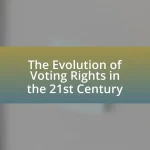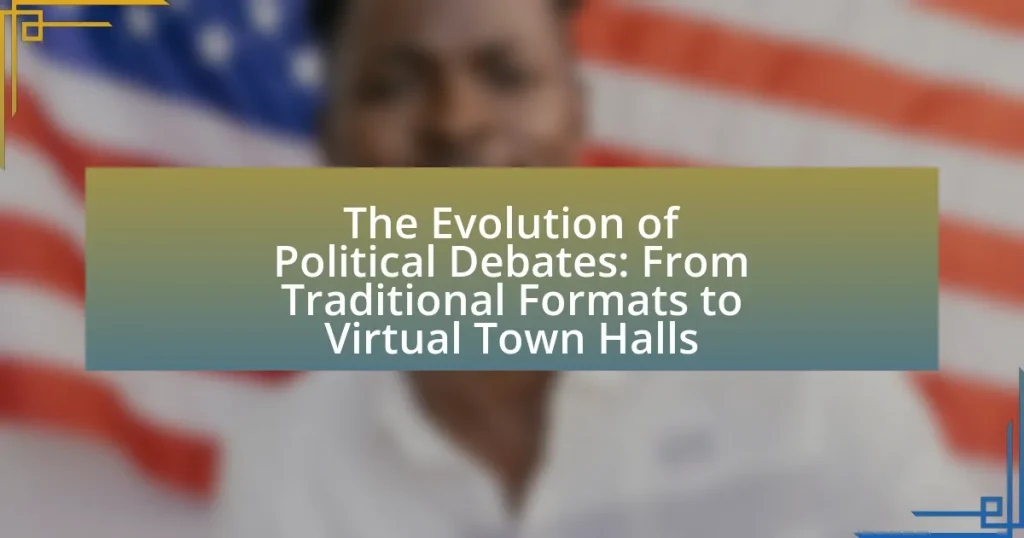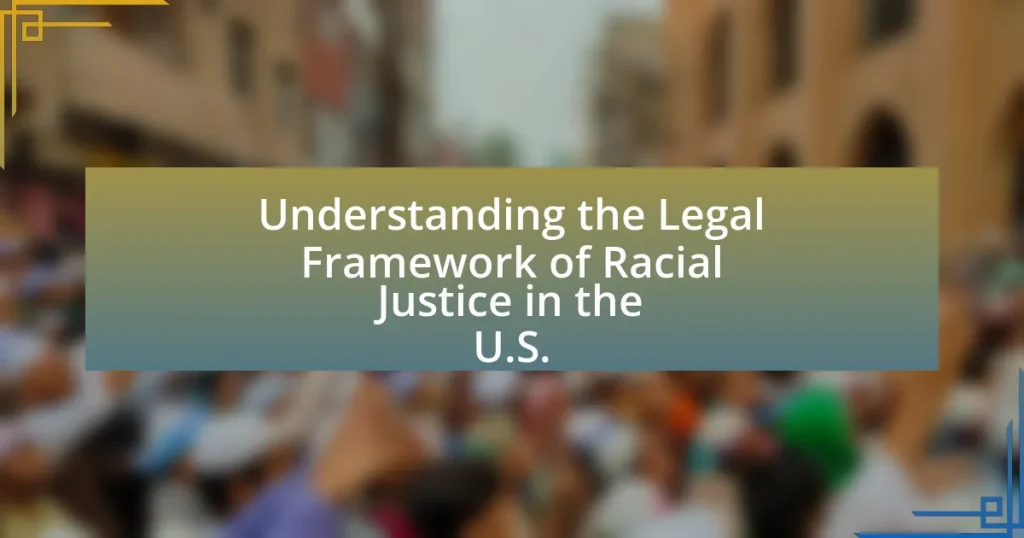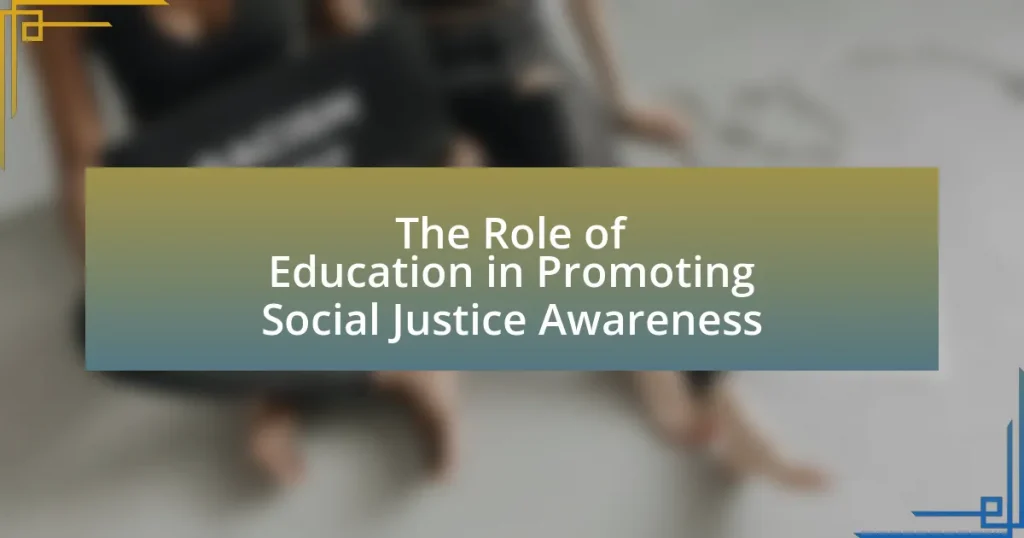The article examines the evolution of political debates, highlighting the transition from traditional formats, such as in-person town halls and structured debates, to modern virtual platforms that enhance accessibility and engagement. It traces the historical significance of debates, starting with the Lincoln-Douglas debates in the 19th century and the impact of televised debates in the 1960s, particularly the Kennedy-Nixon debate. The rise of the internet and social media has further transformed political discourse, allowing for real-time interaction through virtual town halls. The article also discusses the importance of debates in a democratic society, their influence on public opinion, and the challenges and best practices for candidates in both traditional and virtual formats.
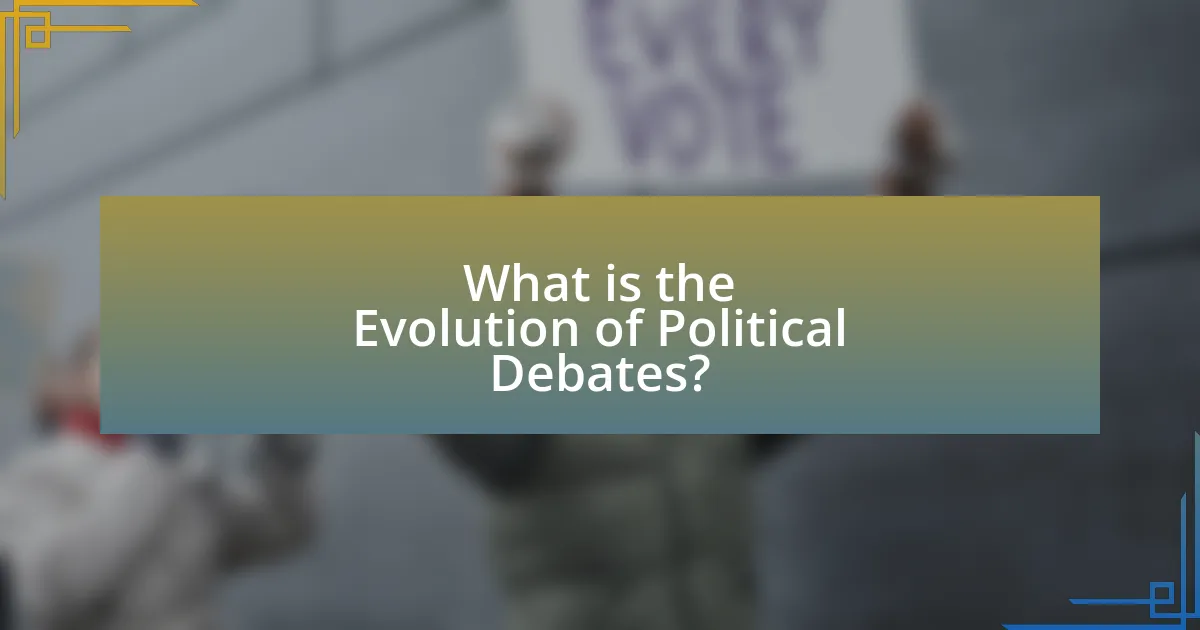
What is the Evolution of Political Debates?
The evolution of political debates has transitioned from traditional formats, such as in-person town halls and formal debates, to modern virtual platforms that facilitate broader participation. Historically, political debates began in the 19th century with candidates engaging in face-to-face discussions, exemplified by the Lincoln-Douglas debates in 1858, which set a precedent for structured debate formats. As technology advanced, televised debates emerged in the 1960s, significantly impacting public perception and voter engagement, as seen in the Kennedy-Nixon debate of 1960, where visual presentation played a crucial role in influencing voter opinions. In recent years, the rise of the internet and social media has transformed political debates into virtual town halls, allowing candidates to reach wider audiences and engage with voters in real-time, exemplified by platforms like Facebook Live and Twitter. This shift reflects a broader trend towards accessibility and immediacy in political discourse, enabling more diverse voices to participate in the democratic process.
How have political debates changed over time?
Political debates have evolved significantly from traditional formats to include modern, interactive platforms such as virtual town halls. Historically, debates were primarily conducted in person, often featuring a limited audience and a focus on formal rhetoric, as seen in the Lincoln-Douglas debates of 1858. Over time, the introduction of television in the 1960s transformed debates into televised events, increasing their accessibility and influence on public opinion, exemplified by the Kennedy-Nixon debate in 1960, which highlighted the importance of visual presentation.
In recent years, the rise of the internet and social media has further changed the landscape, allowing for real-time interaction and engagement with a broader audience. Virtual town halls, for instance, enable candidates to connect directly with voters through platforms like Zoom or Facebook Live, facilitating a more dynamic exchange of ideas and immediate feedback. This shift reflects a growing emphasis on accessibility and direct voter engagement, marking a departure from the more scripted and formalized debates of the past.
What were the traditional formats of political debates?
Traditional formats of political debates primarily included town hall meetings, Lincoln-Douglas debates, and formal panel discussions. Town hall meetings allowed candidates to engage directly with voters in a community setting, fostering dialogue and addressing local issues. Lincoln-Douglas debates, originating in the 1858 Illinois Senate race, featured a series of structured exchanges between two candidates, emphasizing philosophical and moral arguments. Formal panel discussions involved multiple candidates responding to questions from a moderator, often with time limits for each response, ensuring a structured debate environment. These formats have historically shaped the way political discourse occurs, providing a platform for candidates to present their views and engage with the electorate.
What factors contributed to the evolution of these formats?
The evolution of political debate formats has been influenced by technological advancements, changing audience preferences, and the need for greater accessibility. Technological advancements, such as the rise of the internet and social media, have enabled real-time interaction and broader reach, allowing candidates to engage with voters directly. Changing audience preferences reflect a desire for more informal and relatable interactions, leading to the adoption of formats like virtual town halls. Additionally, the need for greater accessibility has driven the shift towards online platforms, accommodating diverse audiences and increasing participation in the democratic process.
Why are political debates important in a democratic society?
Political debates are crucial in a democratic society because they facilitate informed decision-making among voters. These debates provide a platform for candidates to present their policies, challenge each other’s viewpoints, and engage directly with the electorate. Research indicates that debates significantly influence public opinion; for instance, a study by the Pew Research Center found that 66% of voters reported that debates helped them understand candidates’ positions better. This exchange of ideas fosters transparency and accountability, essential elements for a functioning democracy.
How do debates influence public opinion?
Debates influence public opinion by shaping perceptions of candidates and their policies through direct engagement and discourse. During debates, candidates present their viewpoints, respond to opponents, and address voter concerns, which can sway undecided voters and reinforce existing beliefs among supporters. Research indicates that debates can significantly impact voter attitudes; for instance, a study by the Pew Research Center found that 63% of debate viewers reported changing their opinions about candidates based on debate performances. This demonstrates that the immediate exposure to candidates’ arguments and demeanor can lead to shifts in public sentiment, ultimately affecting electoral outcomes.
What role do debates play in the electoral process?
Debates play a crucial role in the electoral process by providing candidates with a platform to present their policies, engage with opponents, and connect with voters. They facilitate direct comparison of candidates’ views and qualifications, allowing voters to make informed decisions. Historical data shows that debates can significantly influence public opinion; for instance, the 1960 Kennedy-Nixon debate is often cited as pivotal in shaping voter perceptions and outcomes. Additionally, debates enhance transparency and accountability, as candidates are required to defend their positions in a public forum, thereby fostering a more informed electorate.
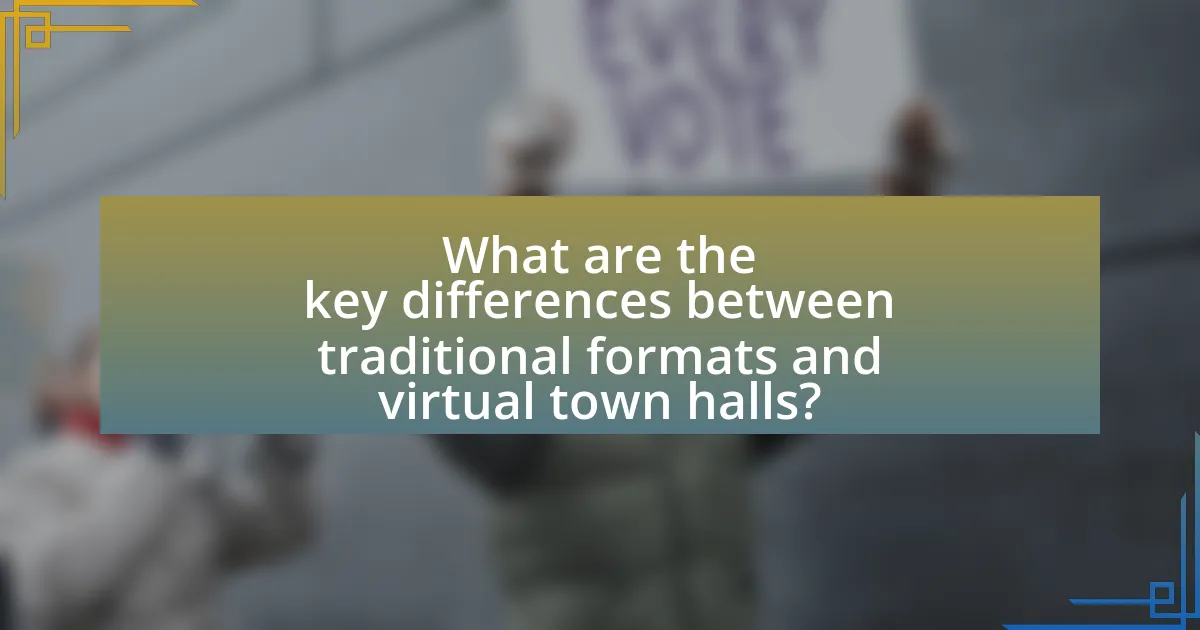
What are the key differences between traditional formats and virtual town halls?
Traditional formats of town halls typically involve in-person gatherings where community members engage directly with officials, while virtual town halls utilize online platforms for interaction. In traditional formats, physical presence fosters personal connections and immediate feedback, whereas virtual town halls offer broader accessibility, allowing participants from diverse locations to join without travel constraints. Additionally, traditional formats often have time limitations due to venue constraints, while virtual town halls can accommodate larger audiences and extended discussions through digital tools. The shift to virtual formats has been accelerated by technological advancements and the need for remote engagement, particularly highlighted during the COVID-19 pandemic, which necessitated alternative methods for public discourse.
How do traditional debate formats operate?
Traditional debate formats operate through structured exchanges between opposing sides, typically consisting of a moderator, timed speeches, and rebuttals. In these formats, participants present their arguments in a predetermined order, often starting with opening statements, followed by rebuttals, and concluding with closing statements. The moderator ensures adherence to rules, manages time, and facilitates audience questions, maintaining a fair and organized environment. Historical examples, such as the Lincoln-Douglas debates of 1858, illustrate the effectiveness of this format in engaging audiences and clarifying political positions.
What are the typical rules and structures of traditional debates?
Traditional debates typically follow a structured format that includes specific rules governing the conduct of participants. Each debate usually consists of an opening statement, rebuttals, and closing statements, with time limits enforced for each segment to ensure fairness and organization. Participants are often divided into two sides: the affirmative, which supports a resolution, and the negative, which opposes it.
Rules commonly include the prohibition of personal attacks, the requirement to address the opponent’s arguments directly, and adherence to a predetermined order of speaking. For instance, in a formal debate, each speaker may have a set time, such as three to five minutes, to present their arguments, followed by a period for rebuttal.
These structures are designed to promote clarity, respect, and logical reasoning, ensuring that the debate remains focused on the issues at hand rather than devolving into personal disputes. The format has historical roots in parliamentary procedures and has been adapted for various contexts, including academic and political arenas.
What are the advantages and disadvantages of traditional formats?
Traditional formats of political debates offer advantages such as structured discourse and audience engagement, while disadvantages include limited accessibility and potential for superficial exchanges. Structured formats, like time limits and specific question rounds, facilitate clear communication and allow for direct comparisons between candidates. However, these formats often restrict participation to a select audience, limiting broader public engagement. Additionally, the focus on time constraints can lead to superficial responses rather than in-depth discussions on complex issues, as evidenced by studies showing that traditional debates often prioritize soundbites over substantive dialogue.
What defines a virtual town hall format?
A virtual town hall format is defined by its use of digital platforms to facilitate real-time interaction between public officials and constituents. This format allows participants to engage through video conferencing, chat, or social media, enabling broader accessibility and participation compared to traditional in-person meetings. Virtual town halls often incorporate features such as live polling, Q&A sessions, and multimedia presentations, enhancing engagement and feedback. The rise of this format has been significantly influenced by advancements in technology and the need for remote communication, particularly highlighted during events like the COVID-19 pandemic, which necessitated social distancing measures.
How do virtual town halls engage with the audience differently?
Virtual town halls engage with the audience differently by utilizing interactive digital platforms that facilitate real-time participation and feedback. Unlike traditional town halls, which often limit audience interaction to in-person attendance and passive listening, virtual town halls enable features such as live polling, chat functions, and Q&A sessions, allowing participants to voice their opinions and ask questions instantly. This shift enhances engagement by making the audience feel more involved and connected, as evidenced by a study from the Pew Research Center, which found that 64% of participants in virtual events reported feeling more engaged compared to traditional formats.
What technological tools are used in virtual town halls?
Virtual town halls utilize various technological tools, including video conferencing platforms, live streaming services, audience engagement software, and social media integration. Video conferencing platforms like Zoom and Microsoft Teams enable real-time interaction between participants, while live streaming services such as YouTube Live and Facebook Live allow broader audiences to view the event. Audience engagement software, like Slido or Poll Everywhere, facilitates real-time polling and Q&A sessions, enhancing participant involvement. Social media integration enables the dissemination of information and interaction with a wider audience, making virtual town halls more accessible and interactive.

What impact has technology had on political debates?
Technology has significantly transformed political debates by enhancing accessibility, engagement, and the speed of information dissemination. The introduction of social media platforms allows candidates to reach wider audiences instantly, facilitating real-time interaction with voters. For instance, during the 2020 U.S. presidential election, platforms like Twitter and Facebook played crucial roles in shaping public discourse, with millions of users engaging in discussions and sharing content related to the debates. Additionally, technology has enabled virtual town halls, allowing candidates to connect with constituents regardless of geographical barriers, thus democratizing participation in the political process. This shift has been supported by data showing that online engagement during debates can lead to increased voter turnout, as seen in various studies conducted by organizations like the Pew Research Center.
How has social media changed the landscape of political debates?
Social media has fundamentally transformed the landscape of political debates by enabling real-time interaction and broadening audience engagement. Platforms like Twitter and Facebook allow candidates to communicate directly with voters, bypassing traditional media filters, which has led to a more immediate and personal connection. According to a Pew Research Center study, 69% of adults in the U.S. use social media, making it a crucial space for political discourse. This shift has also resulted in the rapid dissemination of information, where candidates can respond to opponents and news events almost instantaneously, influencing public perception and debate dynamics. Furthermore, social media facilitates the mobilization of grassroots movements, as seen in campaigns like Bernie Sanders’ 2016 presidential run, which leveraged online platforms to rally support and organize events.
What role does social media play in audience engagement during debates?
Social media significantly enhances audience engagement during debates by facilitating real-time interaction and feedback. Platforms like Twitter and Facebook allow viewers to share their opinions, ask questions, and participate in discussions while the debate is ongoing, creating a dynamic dialogue. According to a study by the Pew Research Center, 62% of adults in the U.S. use social media to engage with political content, indicating its pivotal role in shaping public discourse during debates. This immediate access to diverse viewpoints and the ability to respond instantly fosters a more participatory environment, making debates more accessible and engaging for a broader audience.
How do candidates utilize social media to enhance their debate strategies?
Candidates utilize social media to enhance their debate strategies by engaging directly with voters, shaping narratives, and responding in real-time to opponents. This direct engagement allows candidates to gauge public sentiment and adjust their messaging accordingly. For instance, during the 2020 U.S. presidential election, candidates like Joe Biden and Donald Trump used platforms such as Twitter and Facebook to communicate key points and counter criticisms immediately, demonstrating the effectiveness of social media in influencing public perception and debate dynamics. Additionally, studies show that candidates who actively use social media can increase their visibility and relatability, which are crucial for voter connection and support.
What are the challenges of conducting virtual town halls?
Conducting virtual town halls presents several challenges, including technology access, participant engagement, and effective communication. Technology access can be a barrier, as not all participants may have reliable internet or the necessary devices, which can limit attendance and inclusivity. Participant engagement is often lower in virtual settings due to distractions and the lack of physical presence, making it difficult to foster a sense of community and connection. Effective communication can also be hindered by technical issues, such as audio or video problems, which can disrupt the flow of the discussion and lead to misunderstandings. These challenges highlight the complexities involved in transitioning from traditional formats to virtual town halls.
How can technical issues affect the effectiveness of virtual debates?
Technical issues can significantly hinder the effectiveness of virtual debates by disrupting communication and engagement among participants. For instance, poor internet connectivity can lead to audio and video lag, making it difficult for candidates to respond promptly and for viewers to follow the discussion. A study by the Pew Research Center found that 53% of Americans experienced technical difficulties during virtual meetings, which can detract from the overall experience and clarity of the debate. Additionally, issues such as software glitches or platform malfunctions can result in lost opportunities for candidates to present their arguments effectively, ultimately affecting voter perception and engagement.
What measures can be taken to ensure successful virtual town halls?
To ensure successful virtual town halls, organizers should prioritize clear communication, robust technology, and active engagement strategies. Clear communication involves providing participants with detailed information about the event, including the agenda, how to join, and what to expect. Robust technology ensures that the platform used can handle the expected number of participants without technical issues, which is crucial as studies show that 70% of participants leave a virtual event due to technical difficulties. Active engagement strategies, such as interactive polls and Q&A sessions, foster participation and maintain interest, as research indicates that interactive elements can increase attendee satisfaction by up to 50%.
What best practices should candidates follow for effective debates?
Candidates should follow several best practices for effective debates, including thorough preparation, clear communication, and respectful engagement with opponents. Thorough preparation involves understanding key issues, anticipating questions, and practicing responses, which enhances confidence and clarity during the debate. Clear communication is essential; candidates should articulate their points concisely and avoid jargon to ensure their message resonates with the audience. Respectful engagement with opponents fosters a constructive atmosphere, allowing candidates to address differing viewpoints without resorting to personal attacks. These practices are supported by studies indicating that well-prepared candidates who communicate effectively and maintain civility tend to perform better in debates, as they connect more successfully with voters and convey their messages more persuasively.
How can candidates prepare for both traditional and virtual formats?
Candidates can prepare for both traditional and virtual formats by mastering key skills and adapting their strategies accordingly. For traditional formats, candidates should practice public speaking, engage in mock debates, and familiarize themselves with the venue and audience dynamics. In contrast, for virtual formats, candidates must ensure they are comfortable with technology, maintain eye contact with the camera, and create a distraction-free environment. Research indicates that candidates who effectively adapt their communication styles to suit the format can significantly enhance their engagement and connection with the audience, as evidenced by studies showing increased viewer retention in virtual settings when candidates utilize direct eye contact and clear visuals.
What strategies can enhance candidate performance in debates?
Effective strategies to enhance candidate performance in debates include thorough preparation, understanding the audience, and mastering key messaging. Candidates who engage in extensive research on debate topics and anticipate potential questions are better equipped to respond confidently and accurately. Additionally, tailoring messages to resonate with the audience’s values and concerns can significantly improve engagement and relatability. Studies show that candidates who practice active listening and adapt their responses based on audience reactions tend to perform better, as they create a more interactive and persuasive dialogue. Furthermore, utilizing clear and concise language helps convey complex ideas effectively, making it easier for the audience to grasp key points.




